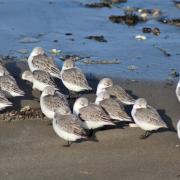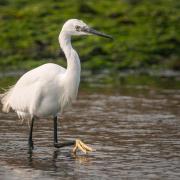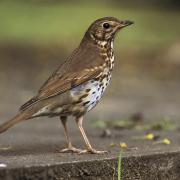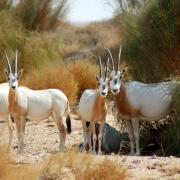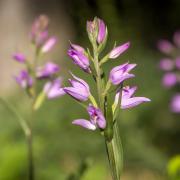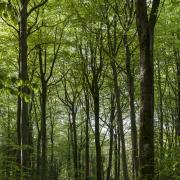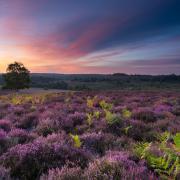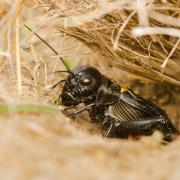Hampshire may have more heathland than any other English county, but now it needs protecting to preserve it for future generations to enjoy says Clive Chatters, Head of Conservation at the Hampshire and Isle of Wight Wildlife Trust

Our heathlands have sustained life for thousands of years, including providing valuable resources for local people. The challenge facing Hampshire & Isle of Wight Wildlife Trust and other conservation groups is to preserve them into the future.
So what is heathland? This unique habitat is much more than just the purple carpet of flowers in late summer, it includes ancient farmsteads connected by lanes, as well as open woods and scrubs and heather. Heathland rivers often flood, bringing with them nutrient-rich silt and water. Where the water doesn’t drain, it can create bogs and peat, which support their own increasingly rare flora and fauna such as dragonflies and mosses.
Heathlands were once familiar landscapes throughout the lowlands of Britain, ranging from village commons through to vast Royal Forests. Yet as with many other wild places, what was once familiar is becoming increasingly rare. Today’s heathlands are all-too-often small fragments divorced from the traditions that maintained them over the centuries.
It’s estimated at the beginning of the nineteenth century there were some 37,000 hectares of heath in Hampshire. In 100 years, that had more than halved. However some pockets remain - we’re still lucky enough to have more lowland heathland than any other English county. The most prominent is of course the New Forest – a jewel in north-west Europe’s crown. Few places in our area, or country, match the unique habitat and wildlife it supports.
No two heathlands are the same. Looking around Hampshire’s heaths reveals the various impacts of climate and human intervention on the diversity of wildlife. The heaths of Woolmer Forest, north of Petersfield, are home to wild cranberry. However you’d never be able to find these tart fruits in other heathland, such as the Thames Basin.

Heathland species and landscapes evolved as wild animals grazed the landscape of forests and glades. For centuries, heathlands have sustained local people and their livestock. Human use of these natural landscapes reshaped them, the wild beasts being replaced by the domesticated cattle, ponies and sheep that we know today.
The heaths provided much more than just grazing - they provided fuel for the fires, brooms to sweep the hearth, thatch for the roof and stone for the walls. Our historic way of life was difficult, but it created and relied upon an amazing habitat home to some superb wildlife.
As well as the more ancient human impacts, recent events have also left their mark. Twentieth century wars left training grounds, airfields, camps and railways across our heathlands. Military use remains important today in the conservation of heaths, and we at the Hampshire & Isle of Wight Wildlife Trust work with the Ministry of Defence across Hampshire to help them manage their land.
We have a responsibility to safeguard the character of heathlands in our care. Left to its own devices, this habitat would deteriorate, resulting in the loss of many much-loved species. We work to maintain the traditions and history of large grazing animals – which is why we work with local people in the New Forest to support this way of life.
The challenge we face now is finding sustainable ways of recreating the grazing of centuries gone by. If we can achieve this we can look forward to safeguarding our heathlands now and into the future.
***
READ ON
• How you can help preserve the shores of Hampshire and the Isle of Wight - The Wildlife Trust works tirelessly to protect our local and well-loved species inland, but what about those out on our beloved coastline? Kizzie Henderson explains why your help is needed to preserve the shores of Hampshire and the Isle of Wight
• Artist Stephen Turner shares his story behind the project to build the Exbury Egg - Nine months ago, artist Stephen Turner embarked on a unique project, to live and work for a year inside a giant floating wooden egg on the Beaulieu Estuary. Is he still riding high on the crest of a wave or has this hermit’s existence left a sinking feeling? Viv Micklefield tracks him down






